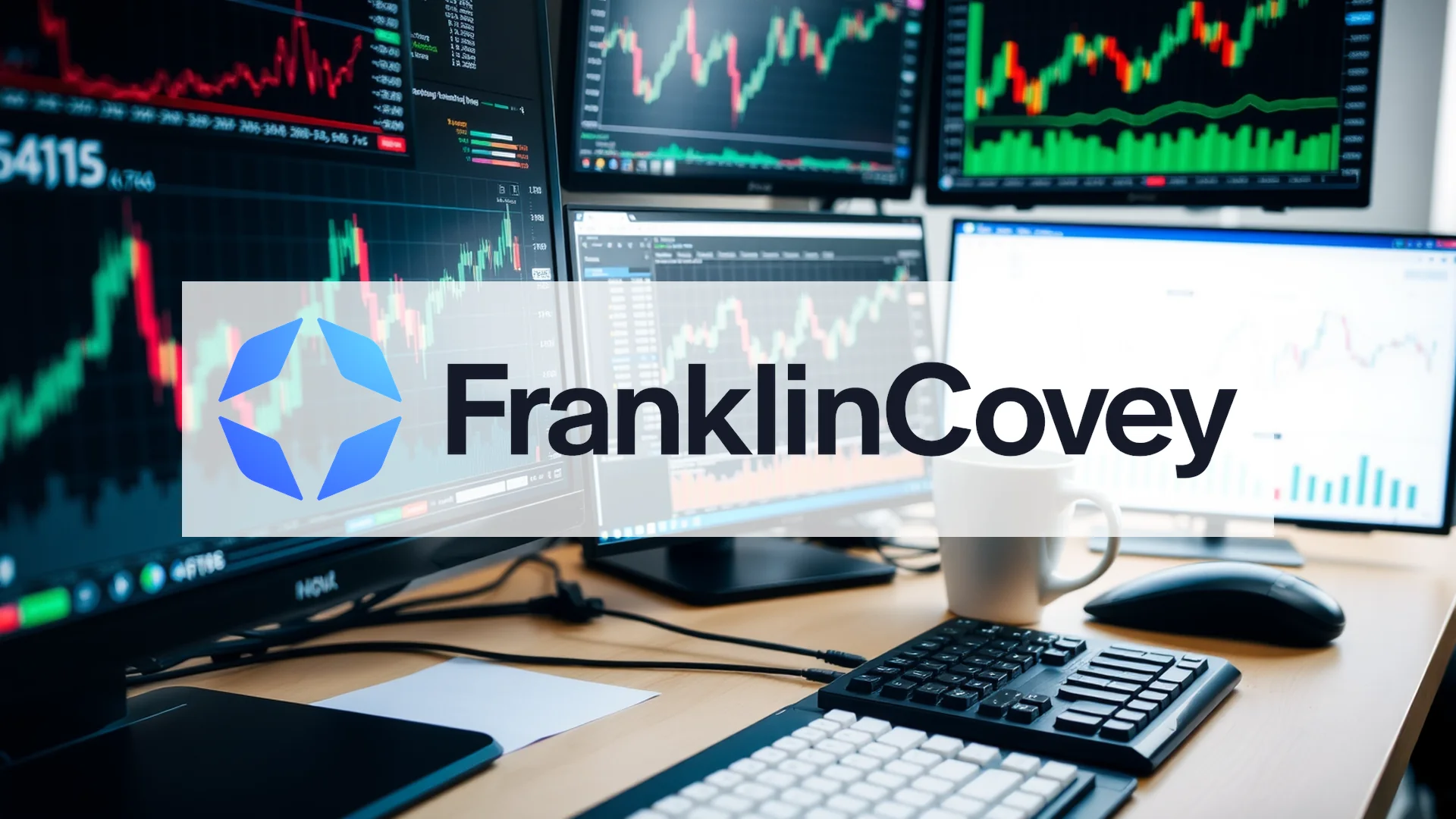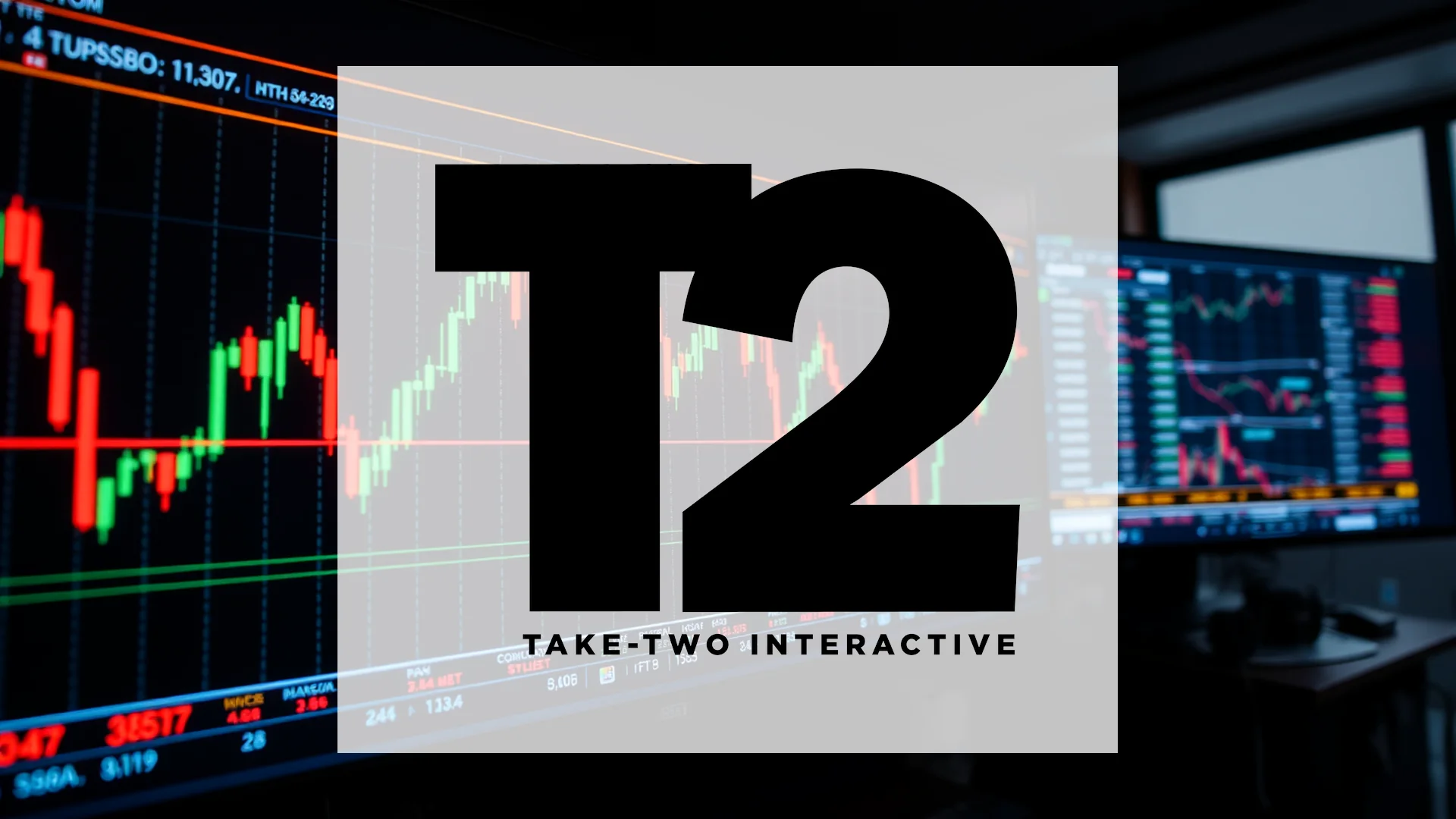A surprise earnings beat from apparel conglomerate Oxford Industries provided only temporary relief for investors, with the stock’s post-announcement surge appearing more like a brief pause in an ongoing downward trajectory. A deeper examination of the quarterly results reveals significant structural challenges beneath the surface profitability.
Revenue Declines Mask Aggressive Cost-Cutting
The company’s achievement appears paradoxical: delivering earnings that surpassed analyst expectations while simultaneously reporting shrinking revenues. Oxford Industries posted adjusted earnings of $1.26 per share, exceeding the $1.18 consensus forecast. However, the year-over-year comparison underscores the severity of the situation, with profits having plummeted from $2.77 per share during the same period last year.
The revenue picture proves even more concerning. At $403.1 million, the company not only missed expectations but also recorded a 4% decline compared to the previous year. This growing divergence between earnings performance and top-line results highlights the extent of aggressive cost reduction measures implemented to mask fundamental operational challenges.
Tariff Impact Squeezes Profitability
The primary culprit behind shrinking profit margins emerges from substantial tariff impositions. Gross margins contracted to 61.7%, representing a notable decline from the 63.3% recorded in the prior-year period. This compression stems directly from approximately $9 million in additional costs triggered by new tariff regulations.
Despite countermeasures including diversified sourcing strategies and selective price adjustments, the financial burden remains substantial. Oxford Industries anticipates approximately $80 million in total tariff costs for the fiscal year, with only roughly half of this amount successfully offset through mitigation efforts.
Should investors sell immediately? Or is it worth buying Oxford Industries?
Brand Performance Shows Divergent Trends
The company’s portfolio reveals a mixed performance across its brand spectrum:
- Tommy Bahama: -6.6% revenue decline
- Lilly Pulitzer: -1.5% revenue decline
- Johnny Was: -9.7% revenue decline
While the corporation’s emerging brands collectively achieved 17% growth, this positive development was overshadowed by struggles within established labels. Particularly alarming is the 4% contraction in direct-to-consumer sales channels, affecting both physical retail locations and e-commerce operations—a strong indicator of weakening consumer demand within the apparel sector.
Market Experts Maintain Cautious Stance
Wall Street remains largely unconvinced by the short-term stock price advancement. Most analysts have maintained their negative assessments, ranging from Citigroup’s “Sell” recommendation to Telsey Advisory Group’s “Hold” rating. This skepticism appears warranted given several concerning indicators: increased debt levels, rising inventory volumes, and operating margins that have deteriorated by approximately half year-over-year.
The confirmed annual guidance suggests continued revenue and profit contraction, raising questions about Oxford Industries’ ability to navigate ongoing tariff challenges. The recent share price appreciation may ultimately represent a misleading calm before further operational storms.
Ad
Oxford Industries Stock: Buy or Sell?! New Oxford Industries Analysis from October 29 delivers the answer:
The latest Oxford Industries figures speak for themselves: Urgent action needed for Oxford Industries investors. Is it worth buying or should you sell? Find out what to do now in the current free analysis from October 29.
Oxford Industries: Buy or sell? Read more here...









